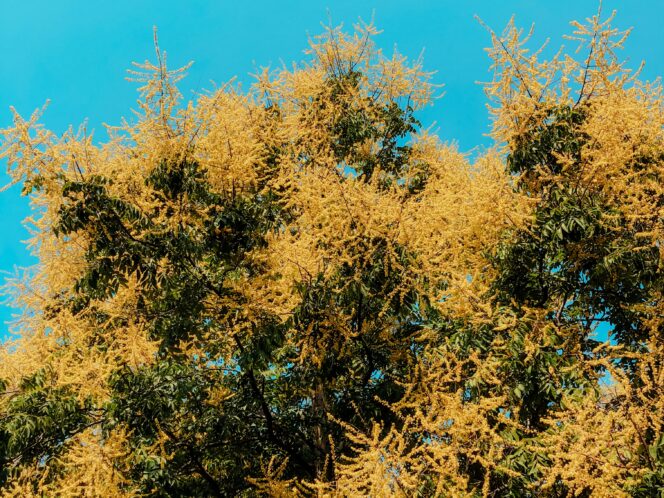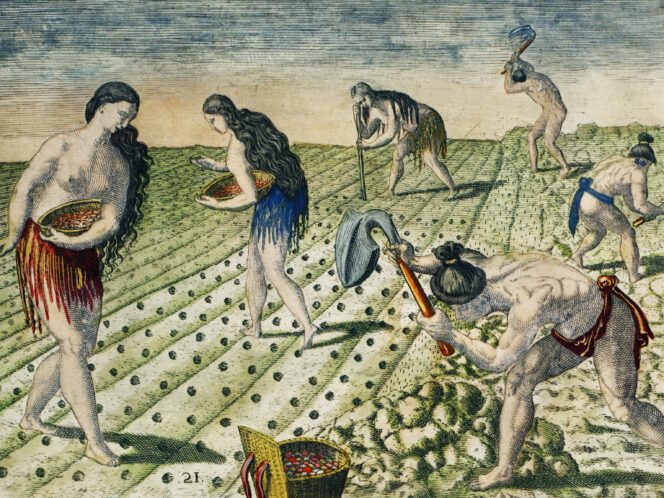
Ancient trees have great narrative potential. The shaded space beneath their branches has always been a place where things happen. So many things, in fact, that trees could be accused of provoking events, of stimulating the sluggish bulk of time into action.
Trees are the dominant feature of our landscape. For mammals, birds, and insects they become local hubs. Perhaps what they are for space, they are also for time. They signify the beginning, the halfway point, and the end. They have the potential to become a universal and timeless place of activity.
After all, various cosmogonies, and the beginnings of great religions and cultures, are fused with trees. Rites, processions and customs. Important historical events: feasts, trials, executions. The beginnings of science, European philosophy, and its most important school – Peripatetic – developed beneath the branches, in the shade of plane trees. For example, Aristotelian hylomorphism: the understanding of being as matter and form, which led to today’s psychophysical concept of the unity of man comprising body and soul.
I would very much like a plant to be the archetype of hylomorphism. Maybe even a tree. In Ancient Greek, the word hyle means “matter,” but also “forest.”
Plot and Metaphor
The first pair of gods








